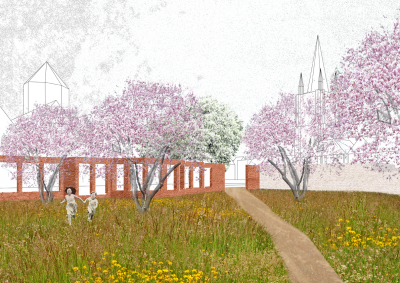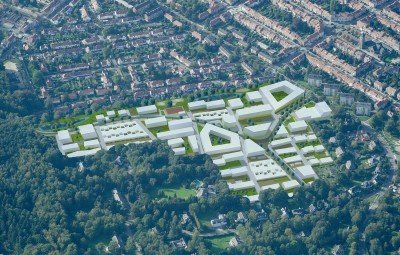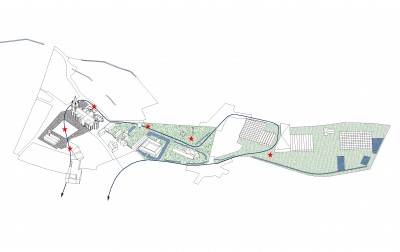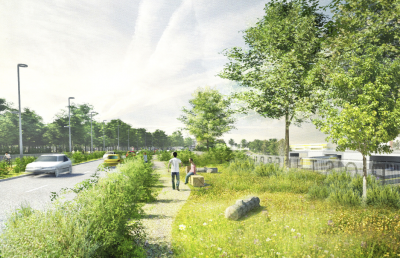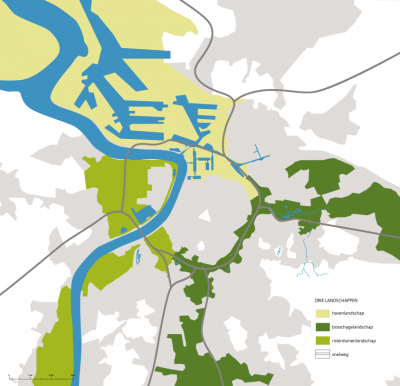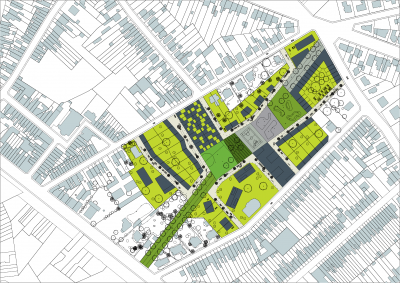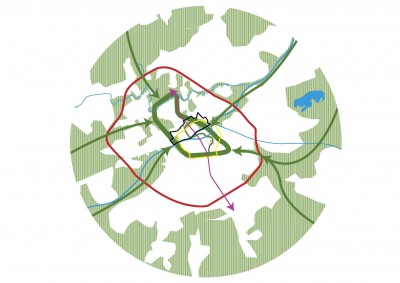The resilient city
On urban landscaping and urban ecology.
While the Flemish landscape is coming under increasing pressure from burgeoning urbanisation, our cities, on the other hand, contain very little in terms of open landscape. Nevertheless, the presence of a strong ecological/rural structure in the (inner) city is crucial to the city’s resilience and quality of life:
1.
The effects in terms of sustainability are well known: ecological and rural structures provide cooling and natural water buffering; they help preserve the natural habitat, purify the air, resist desertification and soil degradation and are generally therapeutic for city dwellers.
2.
However, less attention is paid to the role of urban landscapes in shaping collectivity and stimulating urban innovation. Collectivity, in this sense, transcends the mere bringing together of people. It is an exercise which takes place at the spatial, social and economic level; where space is given to allow, analyse and develop new forms of interdependence between functions and users. The power of innovation is latent in potential smart combinations and the typological renewal they imply. We are thinking, for example, in terms of local energy production and urban agriculture but also new models for education and care provision and for the development of affordable urban housing that satisfies the suburban residential ambitions typical of the Flemish context.
Large-scale urban landscape structures, in other words, enable relevant social dynamics for which the close-knit plot structure of our historic city centres and 19th century surrounds are now ill-equipped. They shift the focus away from an isolated, object-oriented approach to one conceived from the point of view of an urban metabolism.
The majority of urban development projects we have worked on in the past, testifies to the importance and value of such ‘re-naturing’ and ‘re-ruralising’ of the urban environment. We are thinking here especially of large-scale developments such as the Mortsel City Garden, the Overleie district development plan in Kortrijk, the transition of the brownfield Petroleum Zuid into Blue Gate Antwerp and the Green Singel master plan in Antwerp.
Based on the findings of these projects, we have initiated a number of investigative designs based on examples from home and abroad, with a view to the critical factors of success and failure regarding urban landscape development and urban innovation. We subsequently aim to explore the possibilities for functional and typological innovation on the basis of concrete design exercises.
